- Top
- Culture
- Annual Event
- Nanakusa-gayu
Rice porridge Nanakusa-gayu
Eat rice porridge Nanakusa-gayu on February!?
Nanakusa-gayu is a rice porridge flavored with salt containg the seven spring herbs. It is said people eat it to improve conditions of stomach and intestines weaken by alcoholic drinks and appetizing dishes of New Year's day party in Japan. People also think vegetables supplement insufficient nutrients nowadays.
This custom started since Heian perod(794-1185), it in Muromachi period(1336-1573) had almost same shape and flavor as present Nanakusa-gayu. The origin of it is Jinjitsu of China and Wakana-tsumi of Japan. Chinese ate a soup consiting seven herbs on Jinjitsu(January 7th). Japanese picked young greens called Wakana-tsumi in the New Year's day. They were blended, and Japanese eat Nanakusa-gayu on January 7th now.
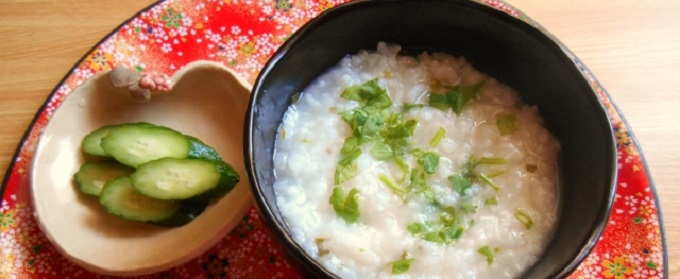
The seven spring herbs of Nanakusa-gayu consits Dropwort, Shepherd's purse, Cudweed, Chickweed, Nipplewort, Turnip and Radish. Each of them has a specific maeaning and fourtune.
The Dropwort called Seri in Japanese means to win in close because winning in close is called Seri-Katsu in Japanese. Shepherd's purse means to wash a stain off with stroking, Cudweed means Buddha statues, Chickweed means to reflect learning efforts.The Nipplewort means Budda's sitting quietly, the Turnip means bell for calling the God, the Radish means virginal white.
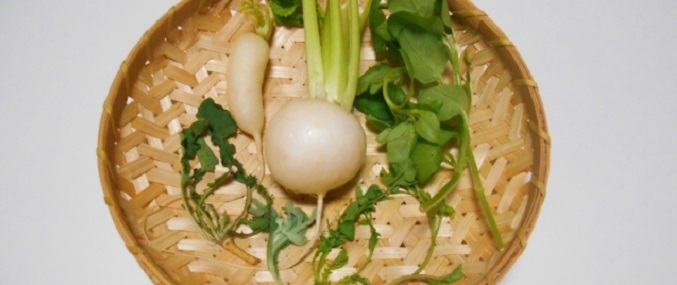
People eat only leaves of the Turnip and the Radish, only young buds of Shepherd's purse. In some region, they add a carrot, burdock, soybean curd, bracken, konjac or deep-fried tofu to Nanakusa-gayu. A few people cook it flavored with tomato ketchup or cheese like risotto for children.
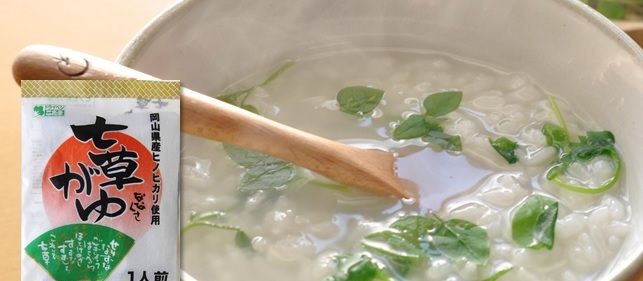
Most Japanese cook Nanakusa-gayu with buying set of seven spring herbs at grocery stores. Some of them who don't cook it buy retort-packed Nanakusa-gayu. In addition, some hotels serve it for breakfast to pray good health of guests.
If you travel Japan in the New Year days, you can experience Japanese culture through Nanakusa-gayu. Note that many shops, restaurants and department stores close in the first three days of the year.
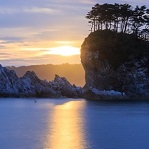 Hatsuhinode
Hatsuhinode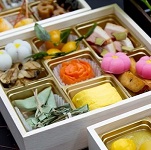 Osechi ryori
Osechi ryori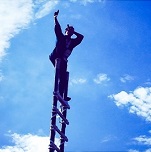 Dezomeshiki
Dezomeshiki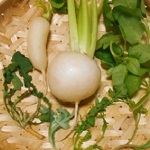 Nanakusa-gayu
Nanakusa-gayu